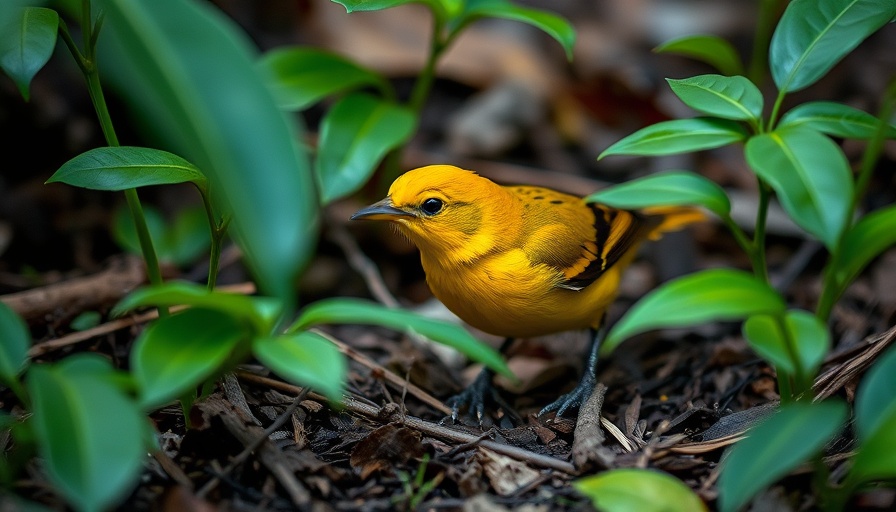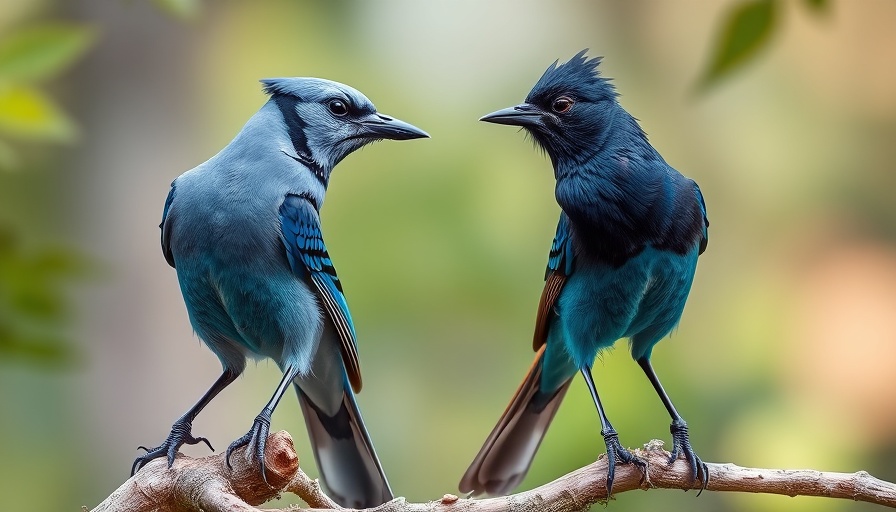
The Role of Indigenous Knowledge in Water Justice
The fight for Indigenous water justice is deeply intertwined with cultural practices and ecological reality. As highlighted by Dr. Kelsey Leonard, an Indigenous water scientist and advocate, Indigenous communities have long recognized water as a life-giving force and a relative. Their knowledge, rooted in centuries-old traditions, informs modern initiatives aimed at sustainability and conservation.
Understanding Indigenous Science
Indigenous science encompasses the belief systems, knowledge, and ecological practices passed down through generations. As Dr. Leonard points out, this type of scientific understanding is essential today as we face climate challenges. The connection between water, land, and biodiversity underscores the importance of considering Indigenous wisdom for effective environmental management.
The Urgency of Protecting Water Resources
Water scarcity is more than a logistical issue; it affects culture, biodiversity, and future generations. By advocating for water rights and the protection of rivers, Indigenous leaders like Dr. Leonard aim to ensure not only their communities thrive but that ecological health is restored. This call for recognition of water rights leads us toward broader Earth law discussions, emphasizing the interdependence of humanity and nature.
Birds as Indicators of Ecosystem Health
The link between birds and water showcases how all elements of an ecosystem function together. Birds serve as indicators of environmental health, making their conservation a compelling rallying point for broader water justice efforts. By protecting waterways, we safeguard not just water but entire ecosystems that rely on this precious resource.
As we navigate ongoing climate crises and resource management challenges, the teachings of Indigenous voices become increasingly vital. Dr. Leonard's work embodies a synthesis of traditional knowledge and scientific validation that can guide us toward a sustainable future. Recognizing the importance of water in cultural narratives not only elevates Indigenous rights but also enriches global conservation efforts.
 Add Row
Add Row  Add
Add 




Write A Comment